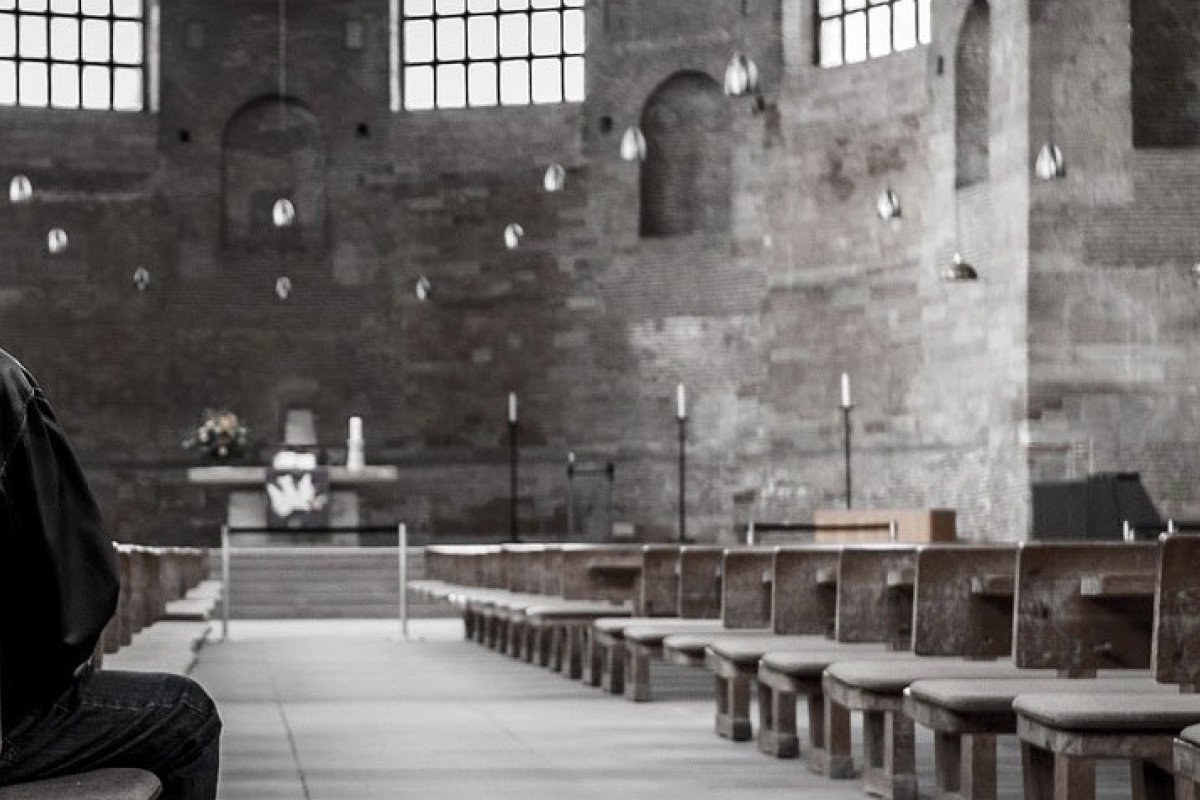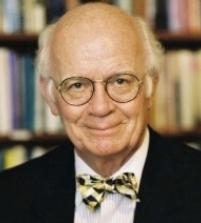
Thank God, Churches are Dying... and Living
Exploring the space between decline and renewal in American Christianity
By Martin E. MartyMarch 9, 2020
Today’s “sighting” delves into a recent headline manufactured to capture attention—“Thank God, American Churches are Dying.” The lead-in for Indianapolitan writer Ericka Andersen’s recent (February 20) Wall Street Journal editorial, the sensationalist title is a bit misleading. As her readers make their way through the article, they discover that Andersen also lifts up and celebrates what many American churches are doing to counter the ecclesiastical mortality rate.
Sightings readers and other regular observers of the media’s treatment of American religion will recognize the features of the tried-but-only-partially-true declension narrative employed for describing the current state of American Christianity. The plots are familiar. For instance, the Catholic church is almost always linked to scandal, whether about clerical abuse or otherwise, a trend that is surely upsetting for those of us who remember “Catholic America” in the news. And for Protestant America, we’ve come to almost expect the word “decline” to follow any mention of “mainline Protestantism.” All the while, Judaism and its institutions seldom gain due notice for their successes. And whatever the religious case, it’s assumed that “millennials” are somehow centrally involved, whether they’re at fault or victim, and even if only on account of their absence from religious spheres and concerns.
Andersen, who routinely reports on “church planting,” initially appears to sign-up with the “declinist” crowd. However, as one reads beyond the headline it becomes obvious that she is out to make a different point—a positive one in fact. While it would be hard (and probably just as misleading) to run a headline claiming that “American Churches are Prospering,” Andersen’s point is a more qualified, balanced one, which we would do well to consider. She acknowledges the reality of congregational decline and that “as thousands of churches close across the U.S., many fret about the inevitable decline of faith in American life.” And yet—this is where I should advise you to hold on to your seat—Andersen suggests, “a religious renewal could be on the horizon.”
While perhaps not as credentialed as most temperature-takers of American religious life who are covered in Sightings columns, I think there is good reason for us to seriously consider Andersen’s foresight here. She builds her case by pointing to statistically defensible gains made through “church multiplication strategies,” which are employed primarily in the evangelical orbit. Chief among these is the effective-though-seemingly-harsh strategy of actively encouraging the death of older, declining churches (i.e., not rebooting them) and then starting new ones in their place. Andersen, like evangelical leader Ed Stetzer of Wheaton College, points to the potential of “house churches” on this score, which tend to attract precisely the demographic groups that are opting out of traditional churches.
Could house churches, among other forms of “next church,” truly signal a religious awakening? Andersen certainly thinks so, and she has some good reasons for it. We have reported on various experiments in “next church” in Sightings through the years and have noted a great deal of vitality and promise. However, as we witness the shuttering of more traditional churches and Christian institutions, along with the rise of the “spiritual but not religious” (i.e., “spiritual but not affiliated”) identification among younger generations, we recognize that there are also deeper cultural, historical, and ideological issues at play, which cannot be fully addressed by replacing old forms with new ones. But this is no reason to write off the observations and prescriptions of folks like Andersen. Far from it in fact! We would be wise to listen to and engage Andersen’s (among others) optimistic vision for American Christianity’s future.
I think there is something to be gained here from the interaction of the robust optimism of these ecclesiastical entrepreneurs and the reasoned skepticism of scholars. For instance, consider Andersen’s concluding paragraph: “Complacency is dangerous, but it’s important to realize that religion in the U.S. is far from dead. With a vibrant new church landscape on the scene, there will be no shortage of options to choose from as millions of Americans again find their footing in faith. A selection of churches may be dying, but their replacements are alive, well and regenerating in ways the American church has never seen before.” In conversation, I am instructed by Andersen about the spirit and possibilities of these new church endeavors, while the historian in me might encourage her to reconsider the claim that American Christianity such awakening or revival “has never [been] seen before” in American Christianity. I think if Andersen’s vision for the church’s future is to be proven right—something which I know many hope for—it will be aided (not hindered) by such exchanges of experience and perspective. ♦
Sightings is edited by Joel Brown, a PhD Candidate in Religions in the Americas at the Divinity School. Sign up here to receive Sightings via email. You can also follow us on Facebook and Twitter. The views and opinions expressed in this article are those of the author and do not necessarily reflect the position of the Marty Center or its editor.


